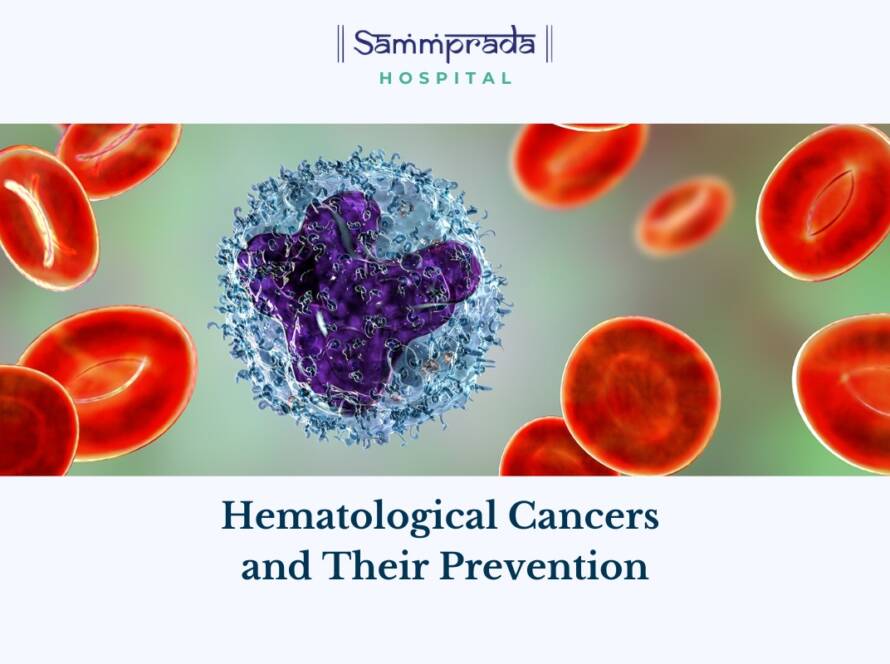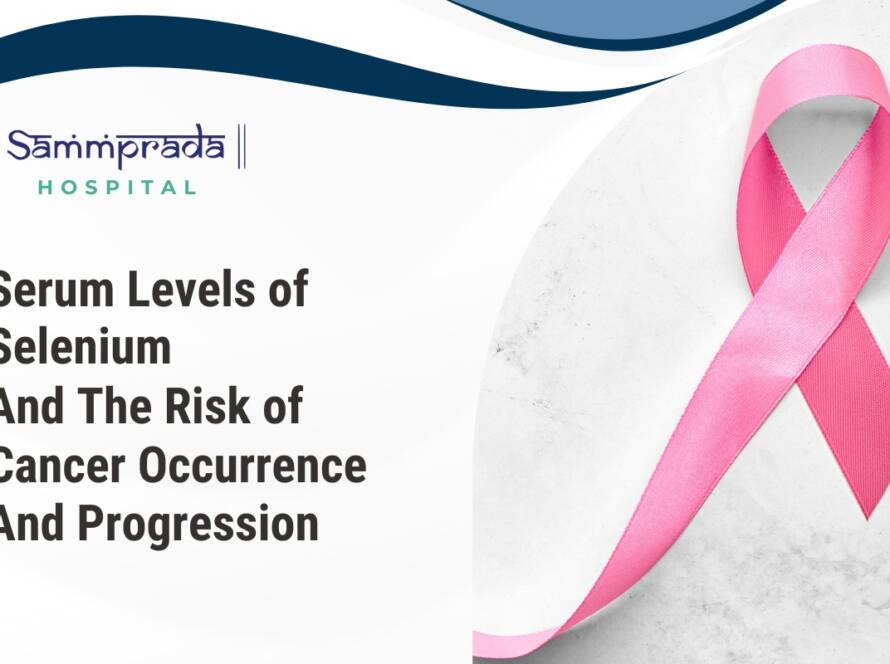Evidence suggests a strong bi-directional relationship between cancer and DM. The incidence of DM is six times greater in cancer patients compared to the general population. Certain treatments, such as chemotherapies, biological agents, and glucocorticosteroids, are known to precipitate hyperglycemia in cancer patients. Diabetes can affect the overall health-related quality of life (HrQoL) in cancer patients and exacerbate pre-existing organ damage caused by chronic diabetes, leading to increased mortality.
The Silent Epidemics: Understanding the Link Between Cancer and Diabetes
Glucose Measurement Methods
The most accurate method for glucose measurement involves sampling venous blood, analyzed by a semi-automatic machine. These measurements include fasting blood glucose, postprandial blood glucose, and random blood glucose levels. However, glucometers that measure capillary blood glucose may vary significantly, particularly for readings over 150 mg/dl or in hypoglycemic ranges. Screening for DM in cancer patients before initiating anti-cancer therapy includes assessing diabetic complications, nutritional status, and metabolic homeostasis.
Chronic Inflammation and Key Markers
Chronic inflammation is linked to obesity and Type 2 DM. Key markers for these conditions include IL-6, TNF-α, and IL-8. Nicotine found in tobacco is also reported to induce IL-8 secretion. At Sammprada, we conduct periodical blood investigations to monitor complete blood count (neutrophils, lymphocytes, monocytes, and platelets), biochemical parameters (lipid profile), and immunological parameters (cytokines such as IL-6, IL-8, and TNF-α). Longitudinal studies are also being conducted to better understand the relationship between these factors.
Hyperinsulinemia and Inflammation
There is a strong association between hyperinsulinemia and chronic low-grade inflammation. Overproduction of IL-6 and TNF-α induces hepatic synthesis of C-reactive protein, which alters insulin sensitivity. Hyperinsulinemia also influences levels of insulin growth factor (IGF1) and is associated with pathological conditions such as insulin resistance, obesity, inflammation, and cancer.
Sammprada’s Role in Glycemic Control
At Sammprada, our standard practice includes the periodic measurement of glycemic control throughout the cancer trajectory. Regular monitoring helps in understanding the relationship between hyperinsulinemia, inflammation, and cancer progression, ensuring comprehensive patient care.
References
- Hershey D.N. Importance of glycemic control in cancer patients with diabetes: treatment through end of life. Asia Pac J Oncol Nurs. 2017 Oct-Dec;4(4):313-8.
- Storey S, Von Ah D, Hammer M.J. Measurement of hyperglycemia and impact on health outcomes in people with cancer: challenges and opportunities. Oncology nursing forum. 2017 July;44(4):E141-51.
- Silvestris N, Franchina T, Gallo M et al. Diabetes management in cancer patients. Multidisciplinary consensus position paper 2023;8(6):1-13.
- Dominguez M.A.M et al. Inflammation and atherogenic markers in patients with type 2 diabetes mellitus. Arteriosclerosis clinic and research. 2022;34:105-112. doi: 10.1016/j.artere.2022.05.001
- Zhang A.M.Y, Wellberg E.A, Kopp J.L et al. Hyperinsulinemia in obesity, inflammation and cancer. Diabetes Metab J 2021;45:285-311.


